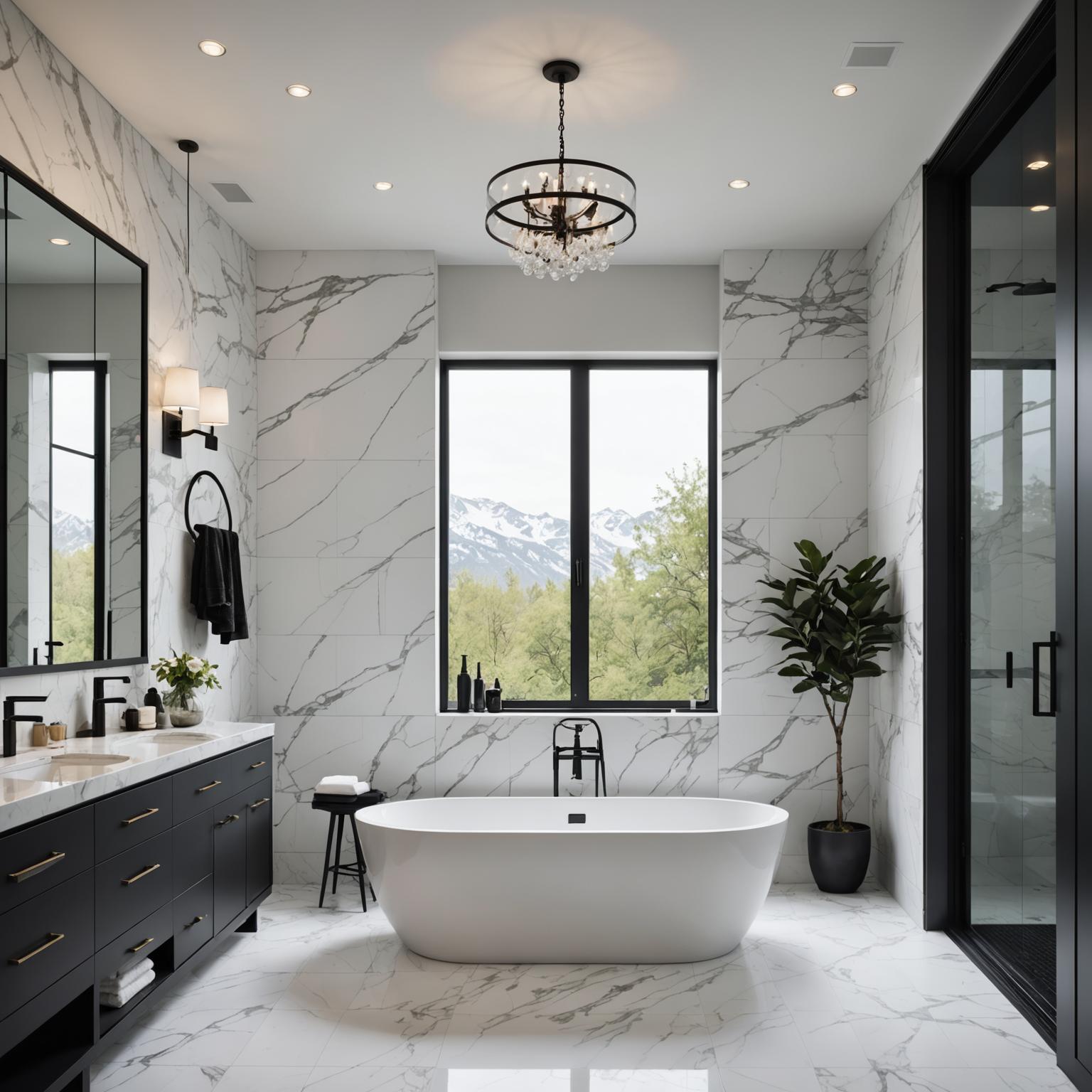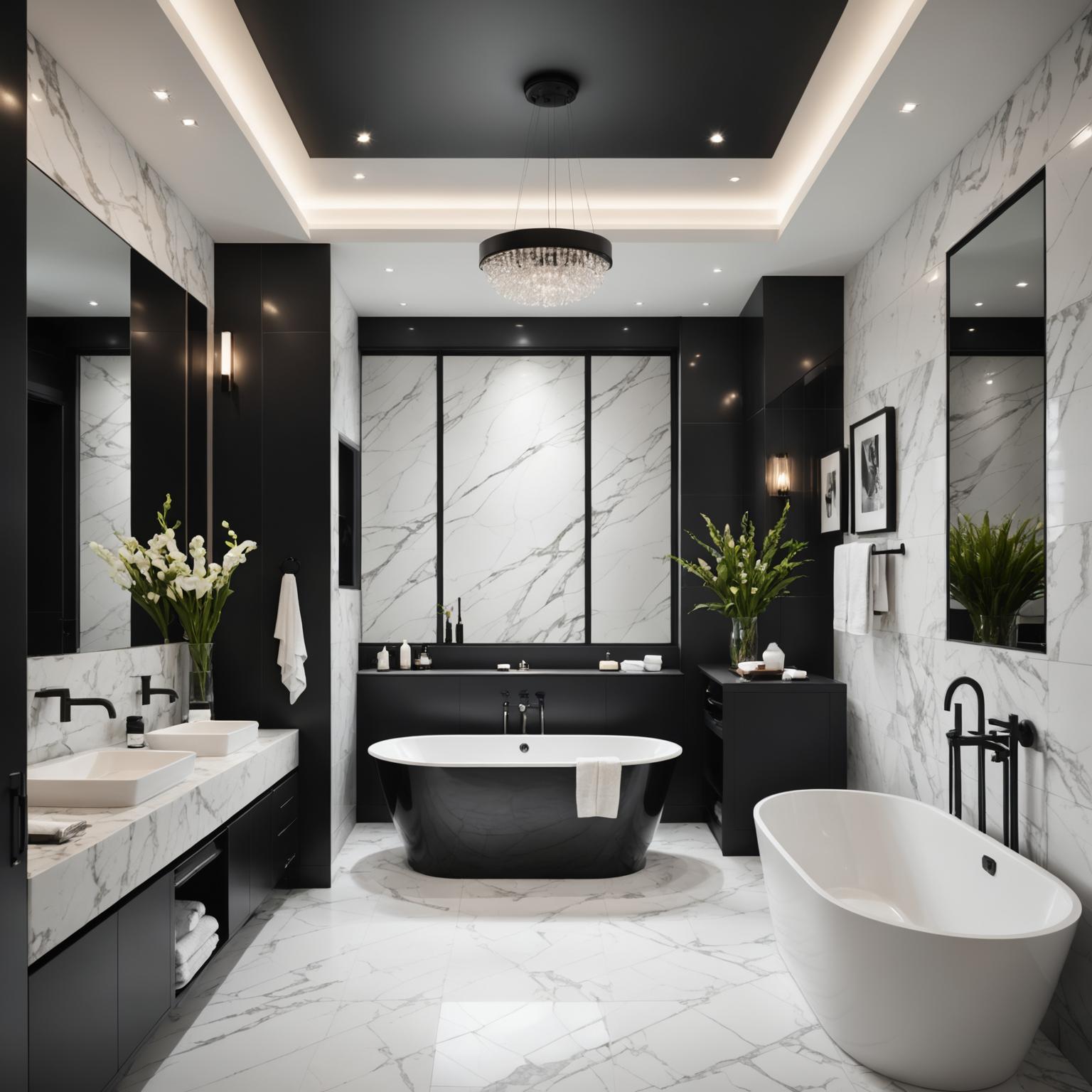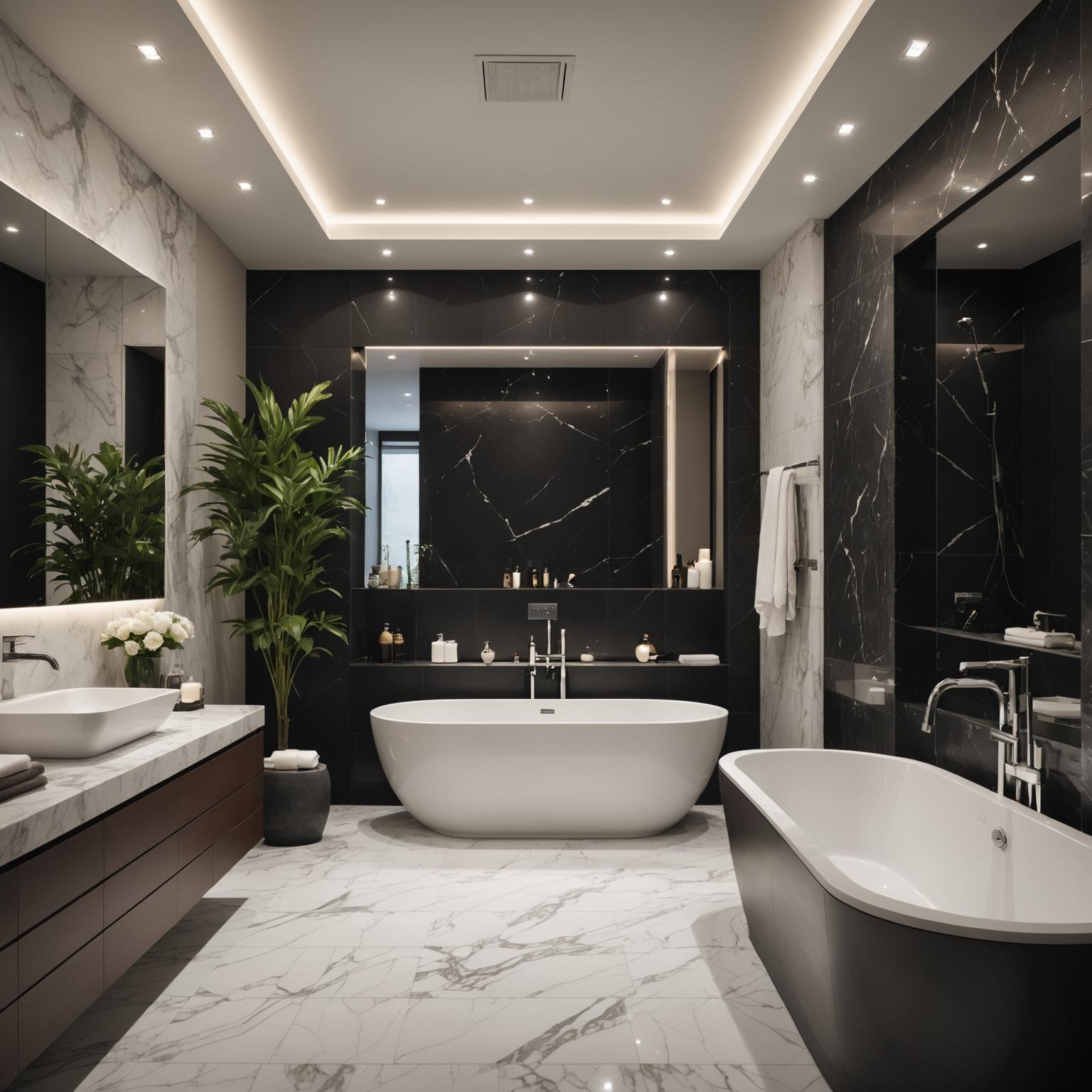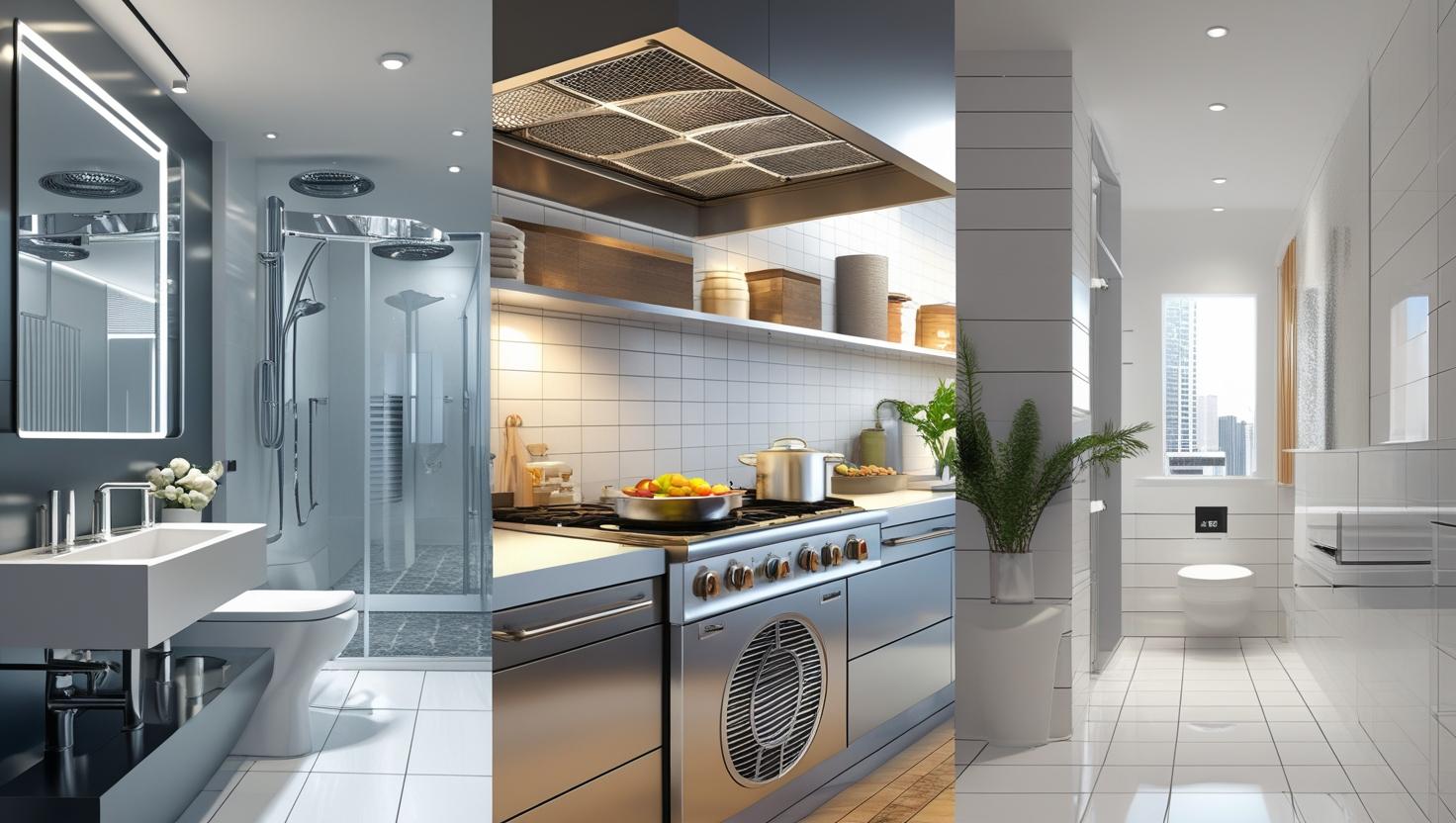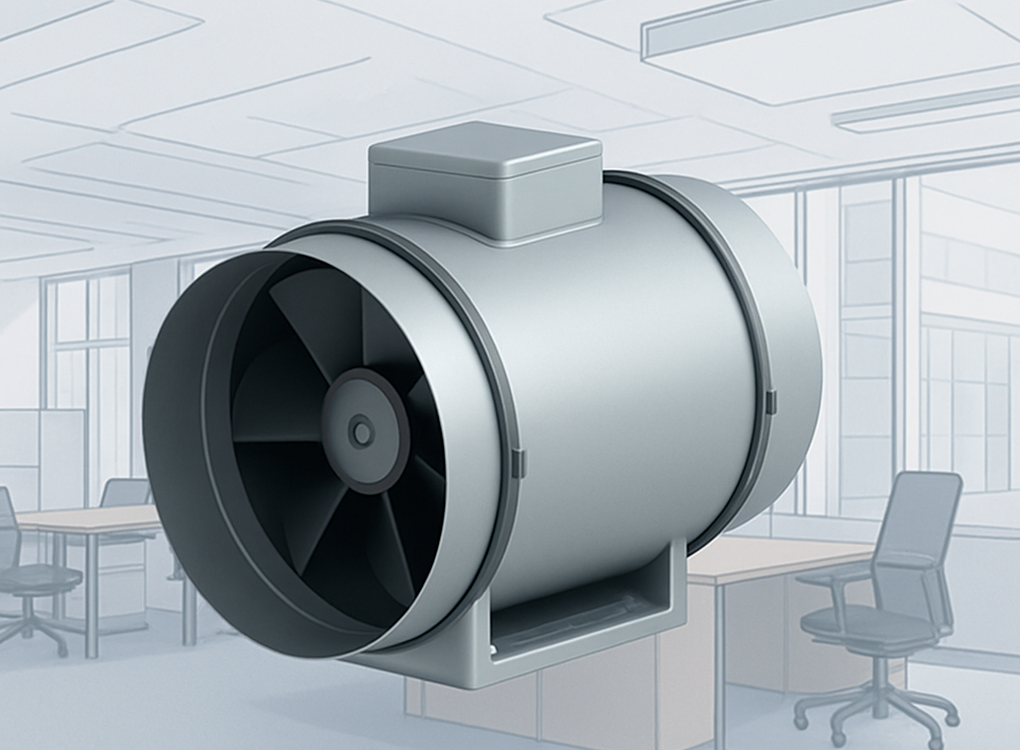Air curtain for retail shop is an essential innovation that helps maintain a comfortable and efficient environment in stores. These devices create an invisible barrier of air at entrances, preventing the exchange of indoor and outdoor air while allowing free movement of people and goods. This technology not only enhances energy efficiency by reducing the loss of conditioned air but also keeps out dust, insects, and pollutants, making it ideal for busy retail settings. As retail shops strive to provide a welcoming atmosphere for customers, incorporating an air curtain can significantly improve air quality and comfort levels without disrupting the flow of traffic.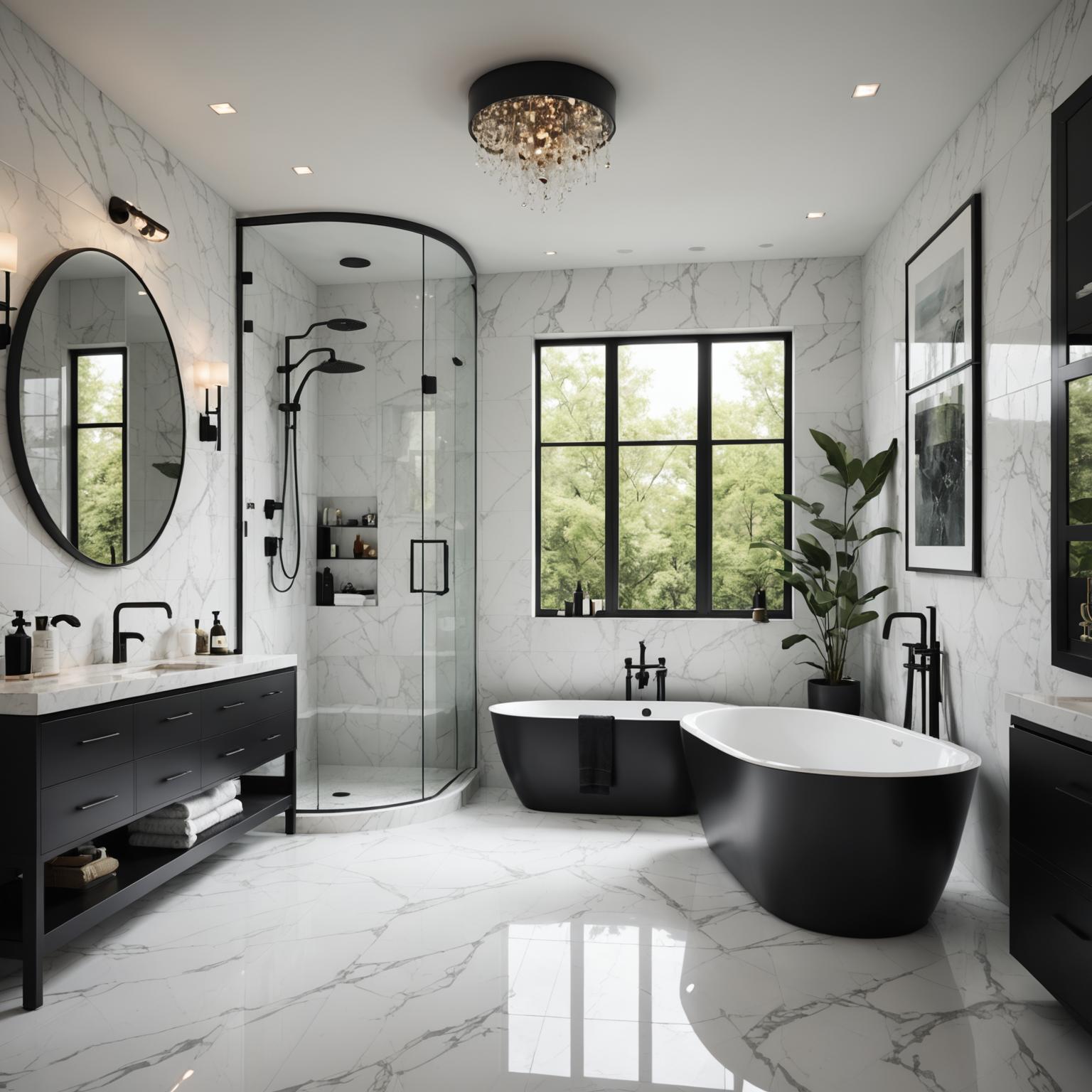
Understanding the Basics of Air Curtains
Air curtains work by blowing a steady stream of air across an opening, such as a door, to form a seal that blocks external elements. In a retail shop, where doors are frequently opened and closed, this can be a game-changer for maintaining consistent temperatures and humidity levels. For instance, in a clothing store or supermarket, an air curtain helps preserve the cool air from air conditioning systems, reducing the strain on HVAC units and lowering energy costs. Retail managers often overlook the impact of uncontrolled airflow, but installing an air curtain can lead to noticeable savings and a more pleasant shopping experience. These devices come in various sizes and strengths, tailored to the specific needs of different retail environments, from small boutiques to large warehouses.
Beyond energy savings, air curtains contribute to hygiene and safety in retail shops. They act as a barrier against pests and contaminants, which is crucial in food retail or pharmacies where cleanliness is paramount. Imagine walking into a grocery store where the fresh produce section remains protected from outside dust and insects; that's the benefit an air curtain provides. Additionally, in regions with extreme weather conditions, such as hot summers or cold winters, these curtains help maintain a stable indoor climate, ensuring that customers and staff remain comfortable. The technology has evolved to include adjustable speeds and smart controls, allowing retail owners to customize operations based on peak hours or seasonal changes.
Benefits of Installing Air Curtains in Retail Environments
One of the primary advantages of using an air curtain for retail shop operations is the improvement in energy efficiency. Traditional doors and automatic systems can lead to significant heat loss, but air curtains minimize this by containing the indoor air. Studies have shown that businesses can reduce their heating and cooling expenses by up to 30% with proper installation. For retail shops, where profit margins are often slim, this cost-saving measure can make a substantial difference. Moreover, the device operates quietly, ensuring that it doesn't interfere with customer interactions or in-store announcements, maintaining a seamless shopping atmosphere.
Air curtains also enhance customer satisfaction by creating a more inviting entryway. In a retail shop, first impressions matter, and an uncomfortable rush of outside air can deter potential buyers. By providing a comfortable transition zone, air curtains help retain warmth in winter and coolness in summer, encouraging shoppers to spend more time browsing. Retailers have reported increased dwell times in stores equipped with these systems, leading to higher sales. Additionally, the aesthetic appeal of modern air curtains, which can be sleek and unobtrusive, allows them to blend into the store's design without clashing with branding elements.
From a maintenance perspective, air curtains are relatively low-maintenance compared to other climate control solutions. They require periodic cleaning and filter changes, but their robust construction ensures longevity, often lasting several years with proper care. This reliability makes them a smart investment for retail shops looking to optimize their operational costs. In contrast to traditional methods like strip curtains or vestibules, air curtains offer a more sophisticated solution that aligns with modern retail trends.
Implementation and Best Practices for Retail Shops
When implementing an air curtain for retail shop use, it's important to consider the specific layout and traffic patterns of the store. For example, high-traffic entrances might require a more powerful unit to effectively block air exchange, while smaller doors could benefit from compact models. Proper installation, typically above the doorway, ensures optimal performance, and consulting with professionals can help tailor the system to the shop's unique needs. Retail owners should also factor in the direction of airflow; units can be adjusted to blow inward or outward based on the building's orientation and prevailing winds.
Training staff on the operation and maintenance of air curtains is another key step. Simple instructions on adjusting settings or troubleshooting minor issues can extend the device's lifespan and maintain its effectiveness. In retail environments, where quick responses to changing conditions are necessary, having an adaptable air curtain system can provide a competitive edge. Additionally, integrating these devices with existing smart building technologies allows for automated adjustments, such as activating the curtain only during business hours or in response to temperature fluctuations.
Over time, the use of air curtains in retail shops has become a standard for energy-conscious businesses. They not only contribute to sustainability goals by reducing carbon footprints but also create a more productive workspace for employees. As retail evolves with e-commerce and hybrid shopping models, maintaining an efficient physical store becomes even more critical, and air curtains play a vital role in that. By prioritizing such innovations, retail shops can ensure they remain attractive, efficient, and customer-focused in a competitive market.
In conclusion, an air curtain for retail shop is more than just a functional device; it's a strategic tool that enhances comfort, efficiency, and profitability. Retailers who invest in this technology often see immediate benefits in reduced energy bills and improved customer experiences. As the industry continues to adapt to new challenges, embracing solutions like air curtains will be essential for long-term success. By focusing on these aspects, shops can create an environment that not only meets but exceeds customer expectations, fostering loyalty and growth.

